Densitometry falls into the category of non-invasive procedures. It allows you to measure the level of calcium in bone tissue, which is its fundamental structural element. Most often, such diagnostics are carried out in the area of the spine and femoral neck. This is due to the fact that damage to these particular areas is fraught with long-term therapy with limitation of the patient’s motor function.
There are no absolute contraindications to densitometry. Among the relative ones, it is worth noting pregnancy and pathological changes in the lumbosacral spine, due to which the patient will not be able to take the required position on the diagnostic table or remain motionless for half an hour, which is necessary to obtain accurate images. The decision to conduct diagnostics in such cases is made by the doctor individually, after assessing the patient’s condition.
Rehabilitation after the procedure is not necessary. The patient can immediately go home or to the ward if he is inpatient treatment.
A bone density test is recommended if you have the following risk factors:
- Women at the onset of menopause, especially at the onset of early menopause after removal of the ovaries
- Women during pregnancy to monitor bone density and to monitor calcium and phosphorus levels in the body
- Patients who are at risk for developing osteoporosis
- Frequent fractures not associated with serious trauma, especially in people over 40
- Patients who have suffered injuries to the spine, femur, forearm, femoral neck and any other parts of the skeleton
- People with hormonal pathologies and disorders of the endocrine system
- Patients taking medications: hormone replacement therapy, glucocorticosteroids, thyroid hormones
- Disturbances in the endocrine system
- Patients with osteopenia and suspected osteopoorosis, which was diagnosed during an X-ray examination of bone tissue
- Patients receiving treatment for osteoporosis to monitor therapy
- People with low weight (mass index below 18.5)
The danger of bone loss is that the first stages of the disease are asymptomatic. The main symptom of decreased bone density is a fracture of the bones of the limbs, pelvis, and femoral neck, even from awkward movements or minor injuries.
People at risk of developing osteoporosis are people over 50 years of age who lead a sedentary lifestyle, like to drink coffee and smoke. For such patients, regular densitometry is recommended to monitor bone density.
There are no absolute contraindications to bone mineral density testing. But during pregnancy it is better to refuse X-ray densitometry, CT and X-rays. In this case, ultrasound densitometry may be prescribed. To conduct the study, the patient must lie in the densitometer in one position for quite a long time (up to 30 minutes). Therefore, if the patient has severe back pain or other diseases that do not allow him to lie down for a long time, the procedure is not performed.
It is also recommended that the patient check when he last had a radioisotope scan, CT scan with contrast, or X-ray with barium. These examinations may interfere with the tests, and the results may be distorted due to excessive patient load.
Ultrasound bone densitometry. Scanning of the hip joints, spine, femoral neck and other bone structures using a special ultrasound device. Ultrasound allows you to quickly diagnose osteoporosis and other diseases, the study does not cause harm, it can be performed repeatedly
X-ray bone densitometry. X-ray examination is more effective than ultrasound examination. The method allows you to identify disorders in bone mineral density. The X-ray dose is minimal, but there are contraindications
Computer bone densitometry. This includes MRI and CT. The examination determines bone density, a 3D model of the bone structure is built. The dose of X-ray radiation during the examination is minimal, the procedure is quick. Contraindication: pregnancy
Densitometry is absolutely painless. Before the procedure, the patient needs to know a few simple rules:
The day before diagnosis, stop taking medications containing calcium.
If you suspect pregnancy, you should definitely report it.
You should notify your doctor if you have recently had a test that uses a contrast agent that contains barium.
To obtain the clearest image of the area being examined, you must lie absolutely still during the diagnosis.
Depending on the area of the body being examined, the patient must take the required position. He is placed on a special table. Next, a sensor with high sensitivity to X-ray radiation moves over the desired area, collecting information about bone density.
In general, the procedure takes from 10 to 30 minutes. During the examination, the patient can remain in his clothes, if there are no metal elements on it (buttons, locks and other accessories).
After completing the entire procedure for diagnosing osteoporosis, the radiologist issues a transcript of the study. Based on the results of densitometry, the endocrinologist can refer the patient to a therapist, neurologist, orthopedic traumatologist, to a manual specialist. It is recommended to prescribe tests as additional diagnostic methods. We also conduct functional examination of bone tissue and organs: computed tomography (CT), magnetic resonance imaging (MRI), ultrasound examination (US).
An X-ray densitometer, which emits X-rays, can be used to determine the extent of changes in bone density. Densitometry allows you to obtain two indicators: T-score and Z-score. The T criterion is obtained by comparing the density level patient's bones with reference parameters. Normally, this indicator is equal to one or more. If the number is less than –1, then this value is will be the basis for a diagnosis of osteoporosis. At -2.5, the risk of bone fractures increases significantly.
The Z score is obtained by comparing a patient's bone density score to the average for their age group. If the deviations are too large, in any direction, then additional studies will help to more accurately assess and make a diagnosis: radiography, biochemistry, or taking material for a bone tissue biopsy.
The cost of densitometry directly depends on the area being examined and the diagnostic method used. The procedure is carried out using a modern X-ray densitometer. The use of such equipment allows reducing radiation exposure to the body. It will be 20 times lower than when undergoing standard fluorography.
Densitometry results are given to the patient within 15 minutes after completion of the diagnosis.
You can get advice from an experienced doctor and sign up for densitometry by contacting the K+31 medical center in Moscow. We offer our patients a high level of service and advanced diagnostic equipment for quickly obtaining the most accurate examination results. Appointment by appointment - you don't have to waste time in line!
Our doctors

This award is given to clinics with the highest ratings according to user ratings, a large number of requests from this site, and in the absence of critical violations.

This award is given to clinics with the highest ratings according to user ratings. It means that the place is known, loved, and definitely worth visiting.

The ProDoctors portal collected 500 thousand reviews, compiled a rating of doctors based on them and awarded the best. We are proud that our doctors are among those awarded.
Price

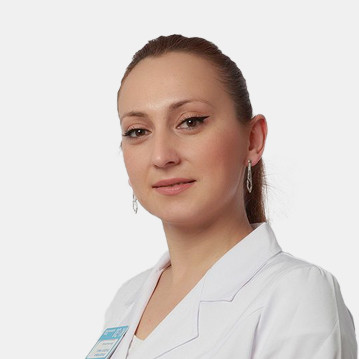


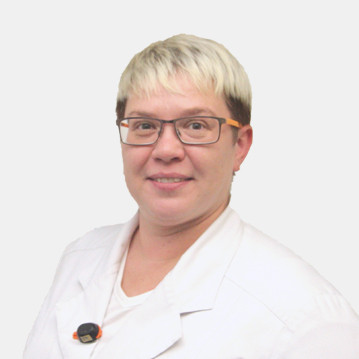



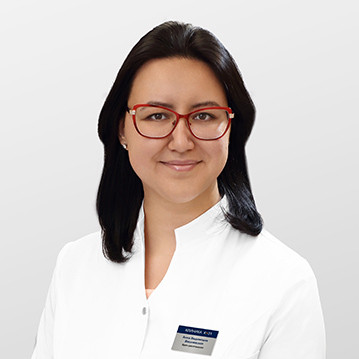
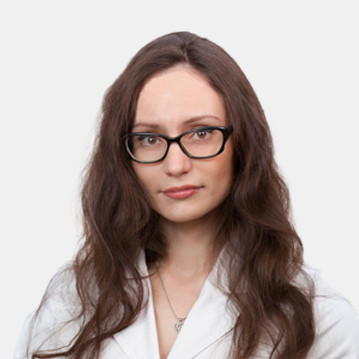



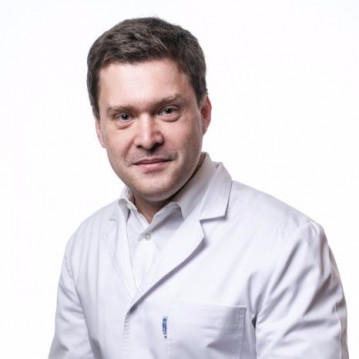







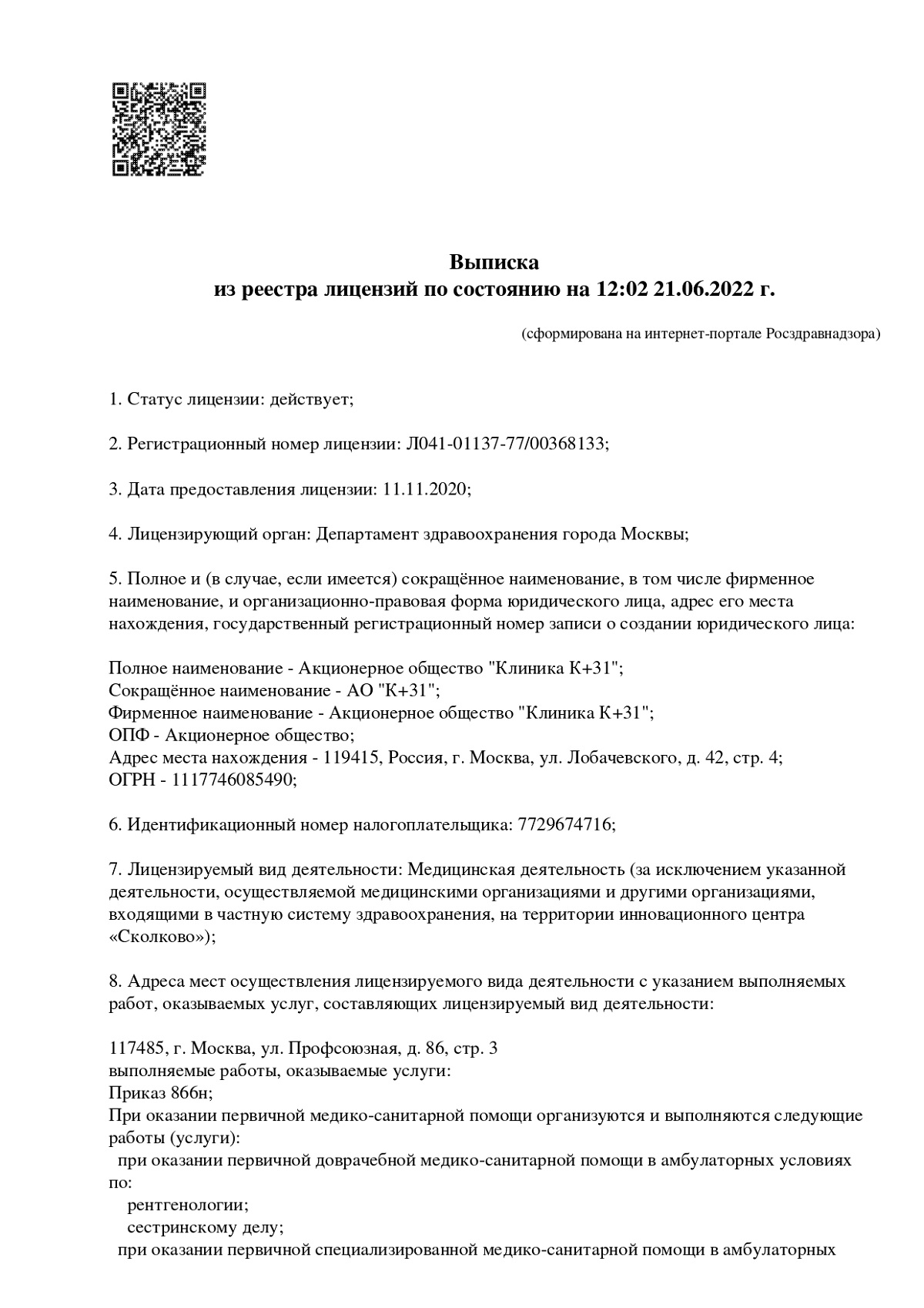
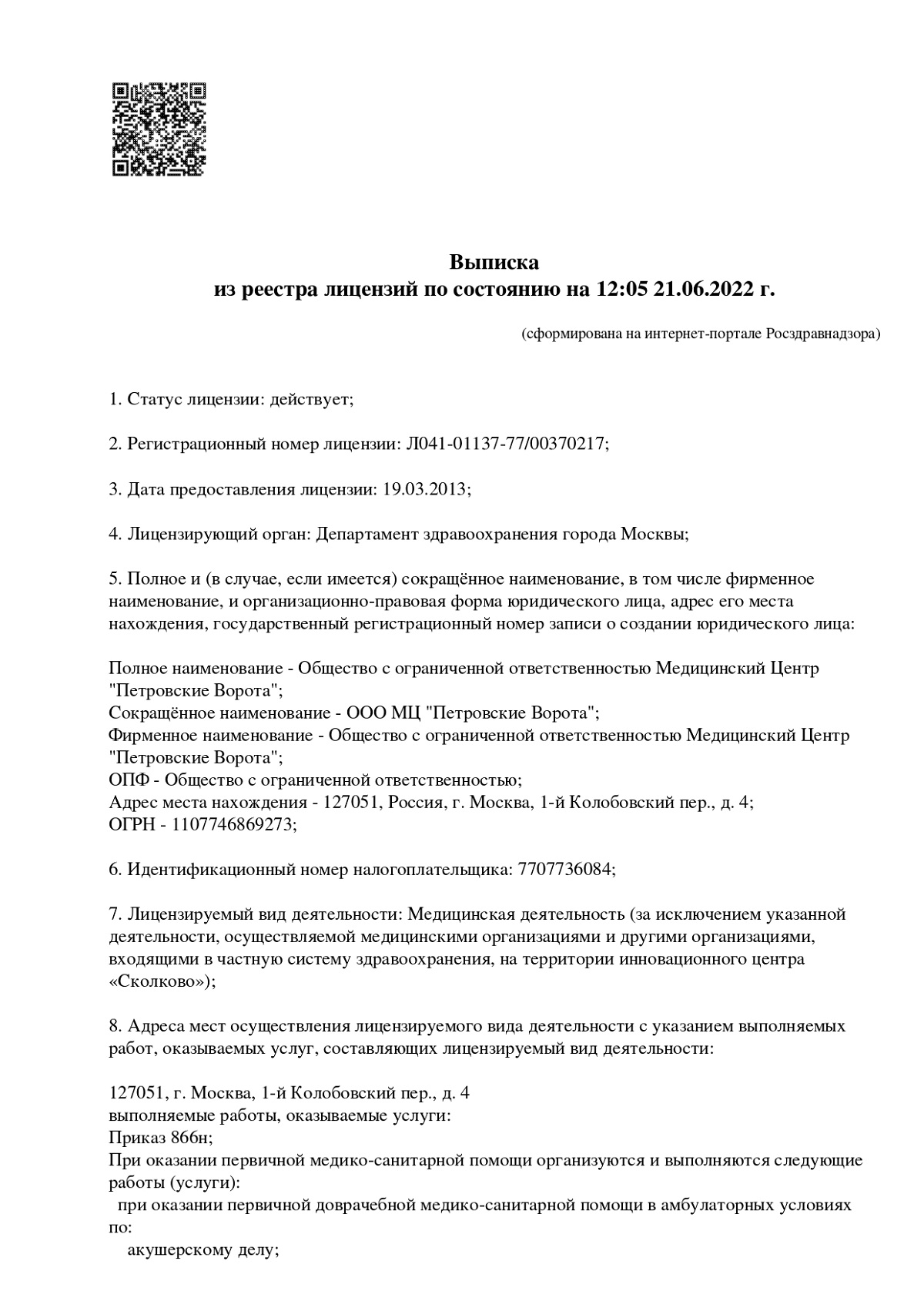
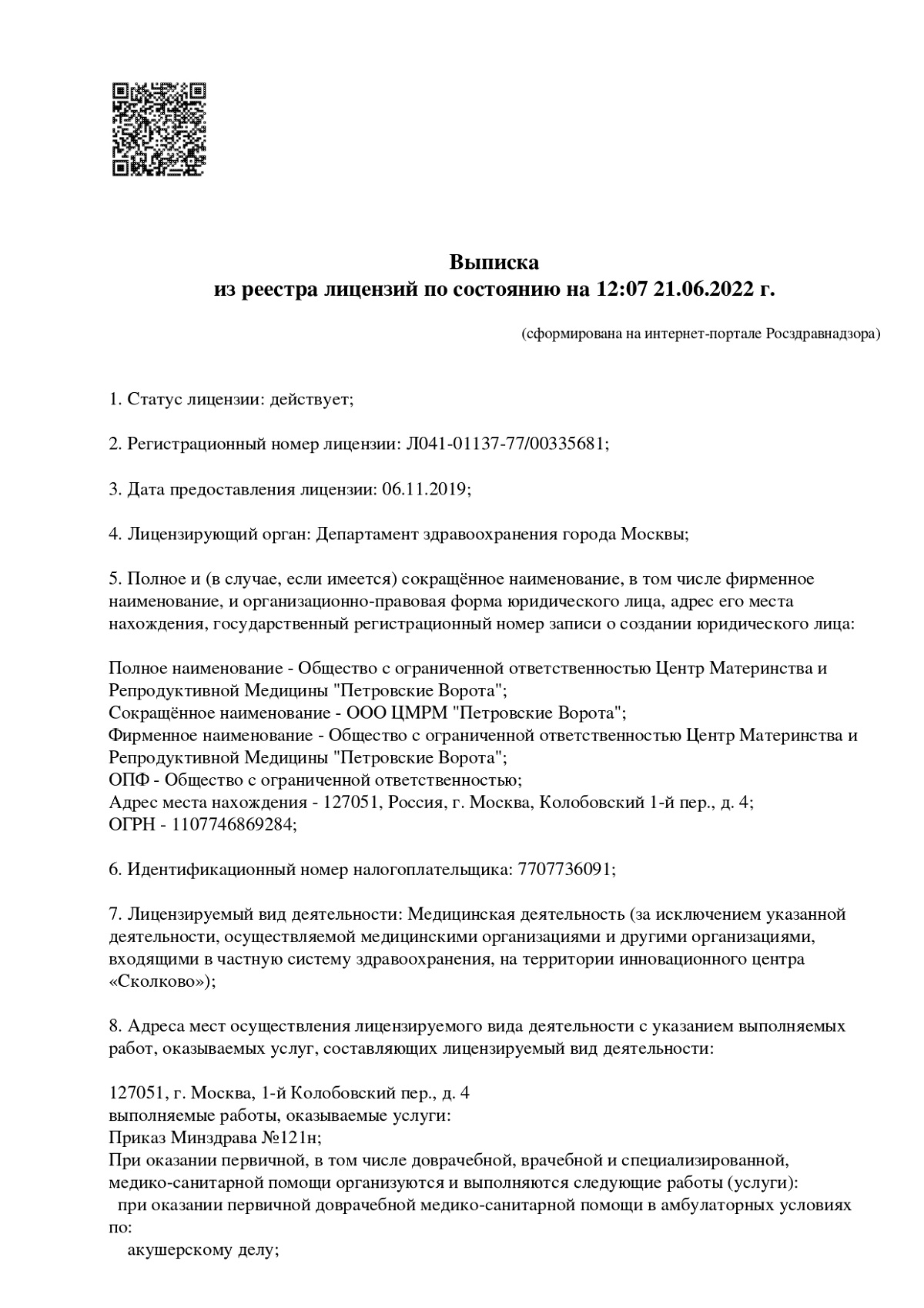
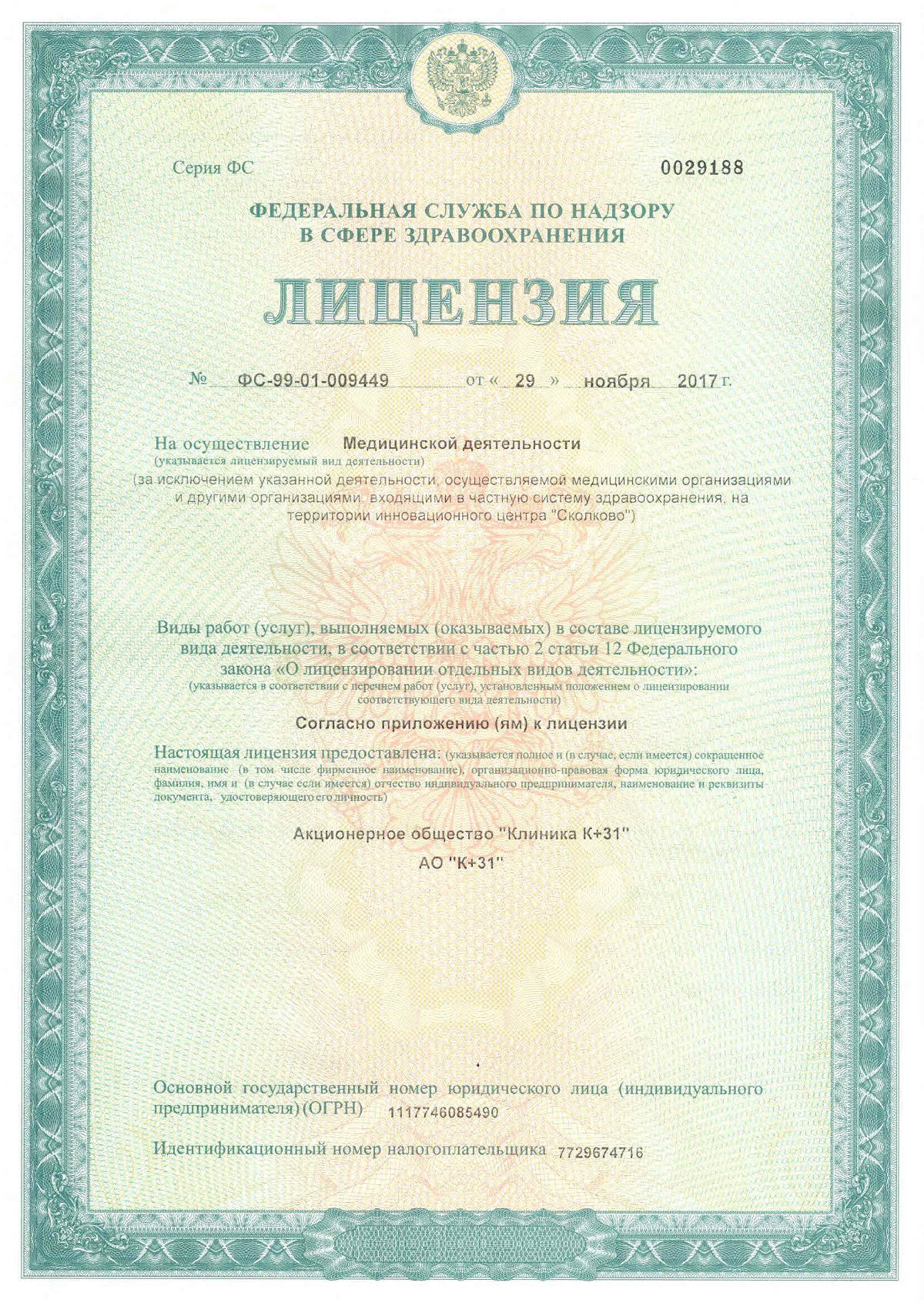
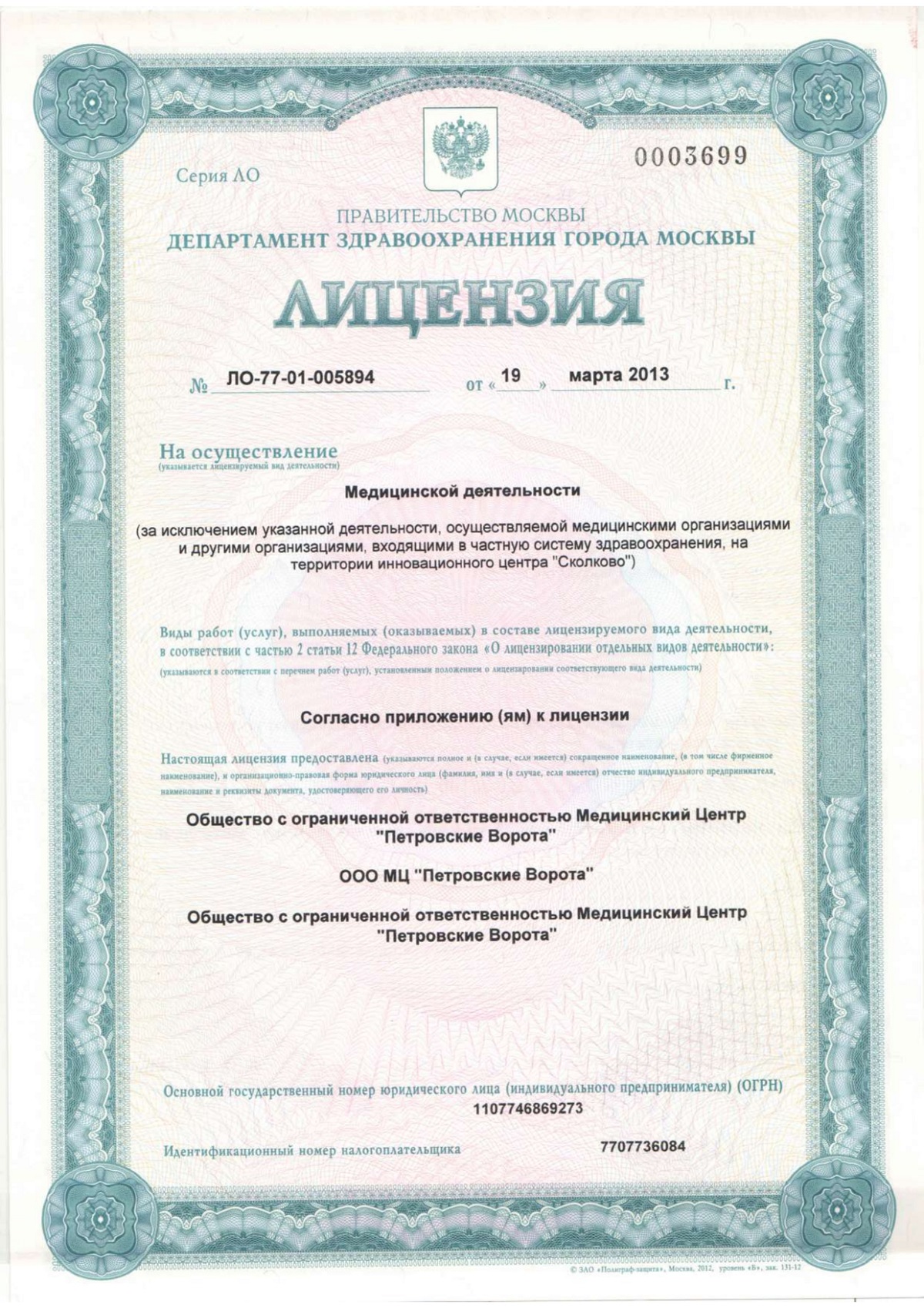
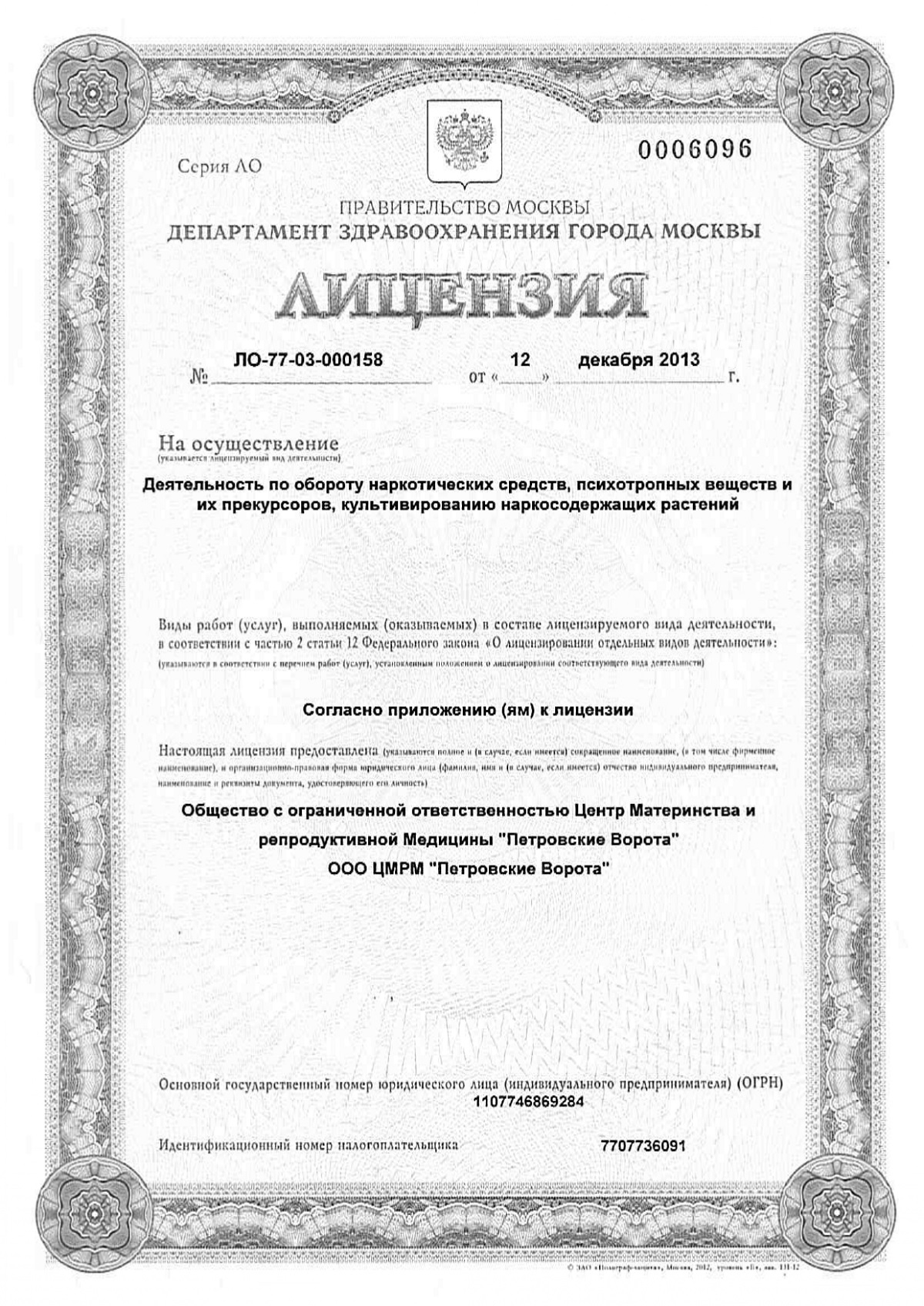
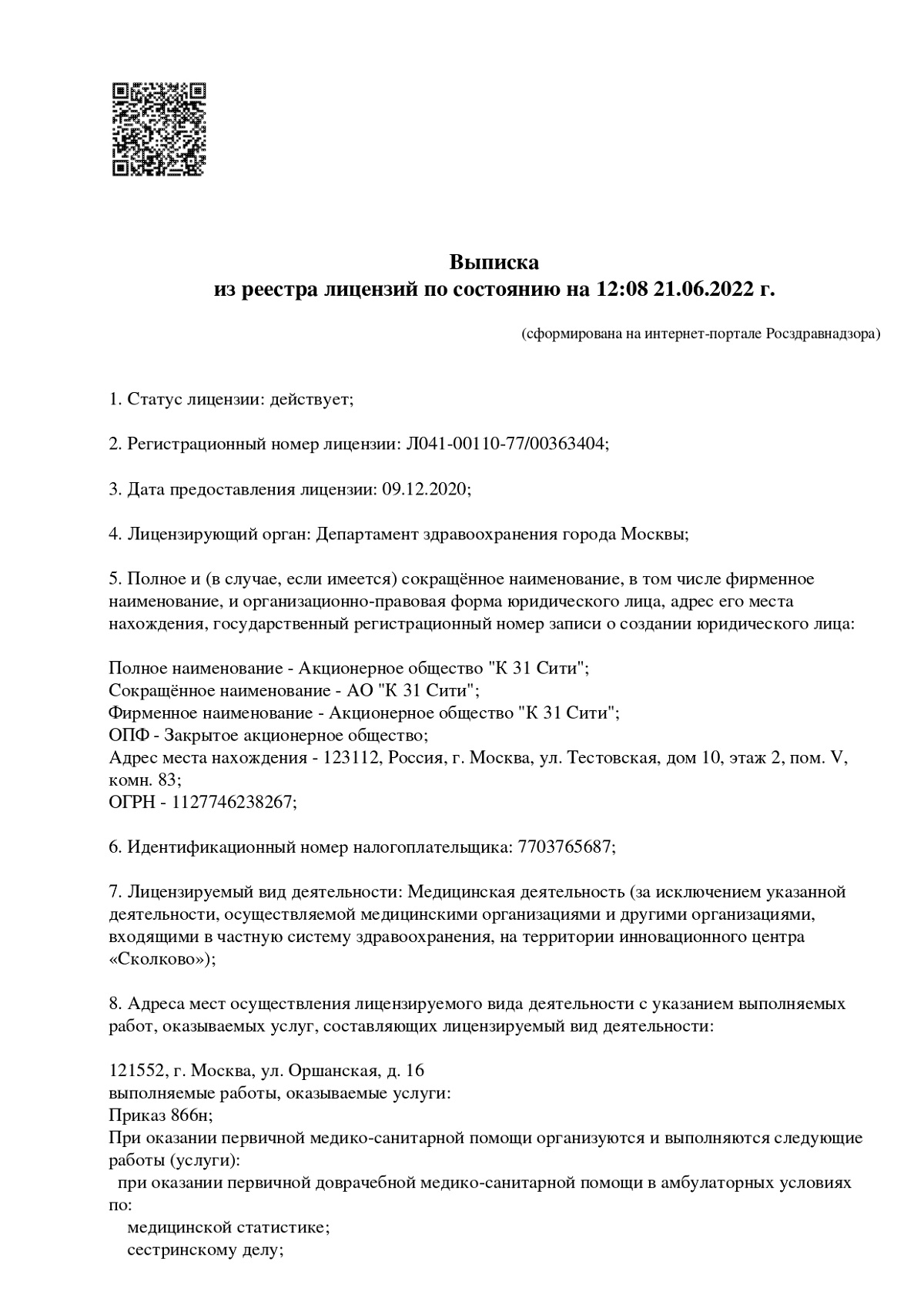
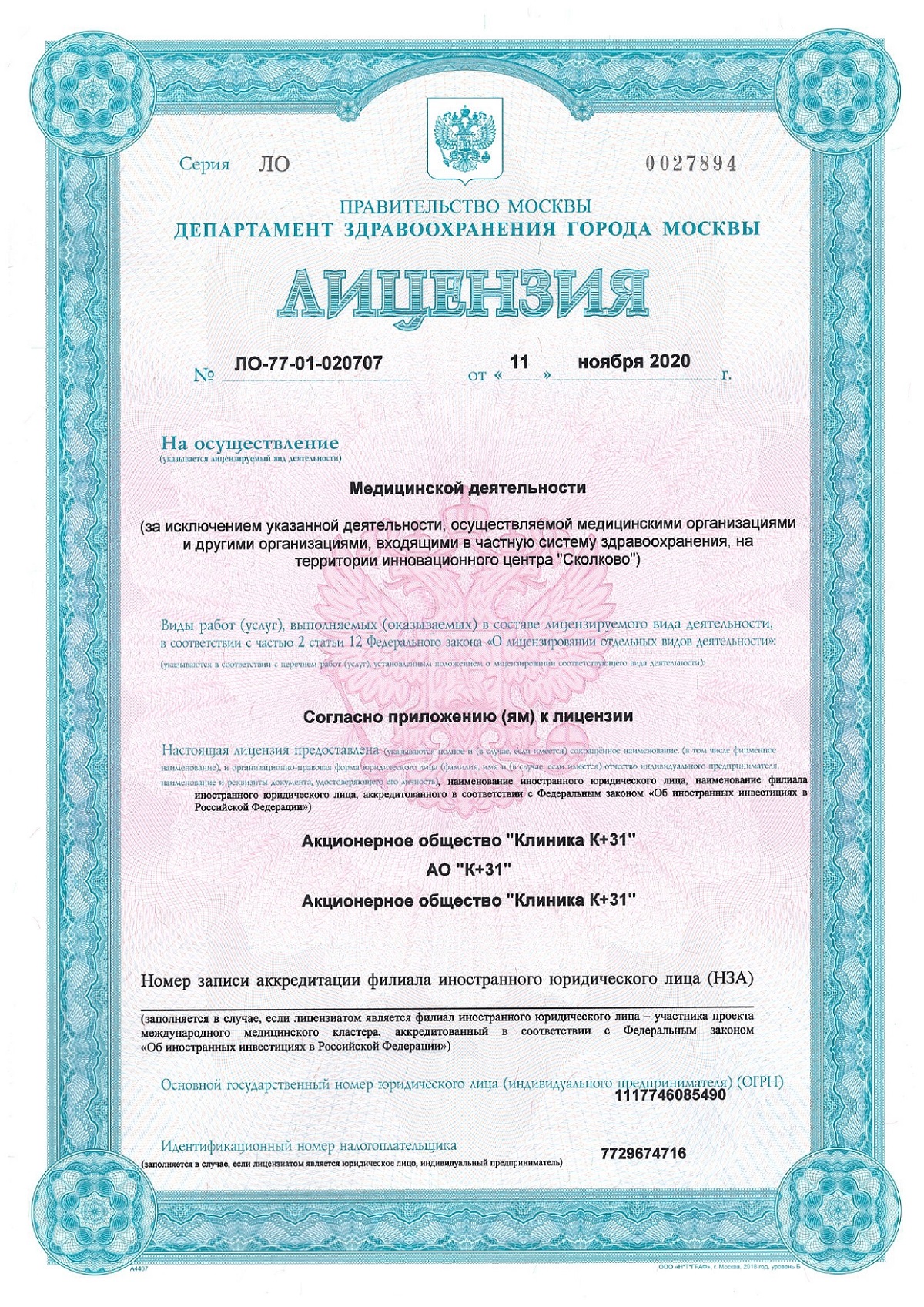
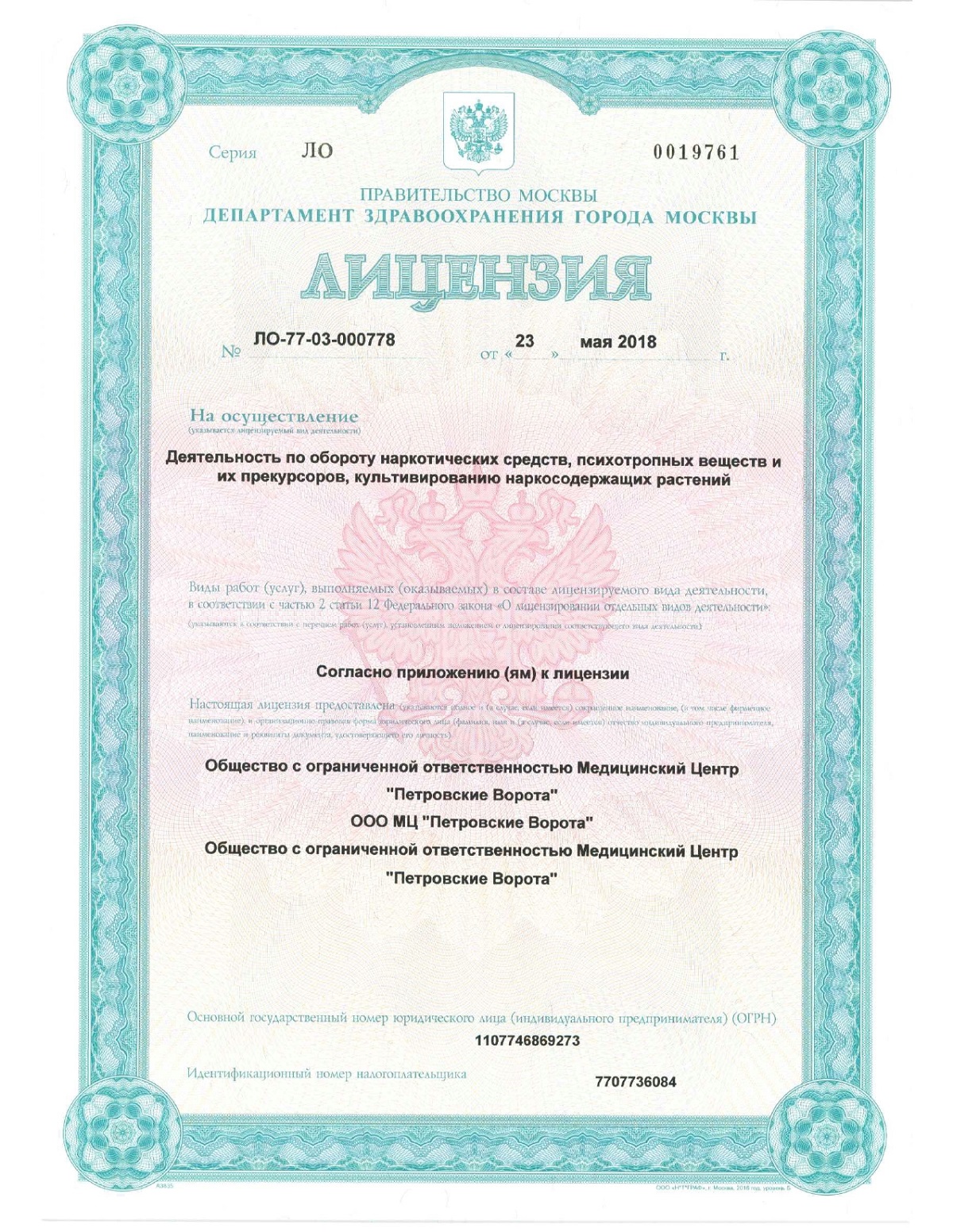
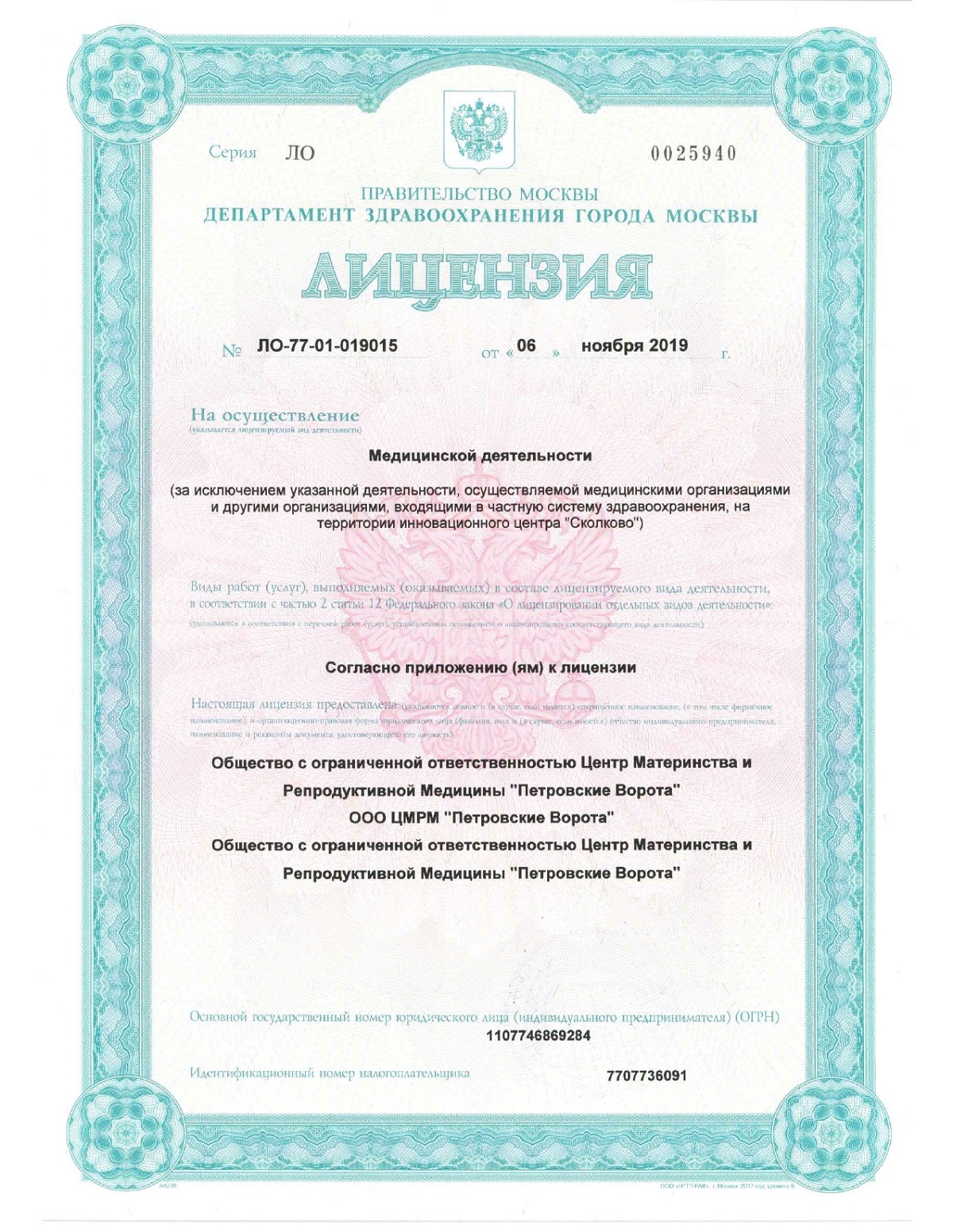
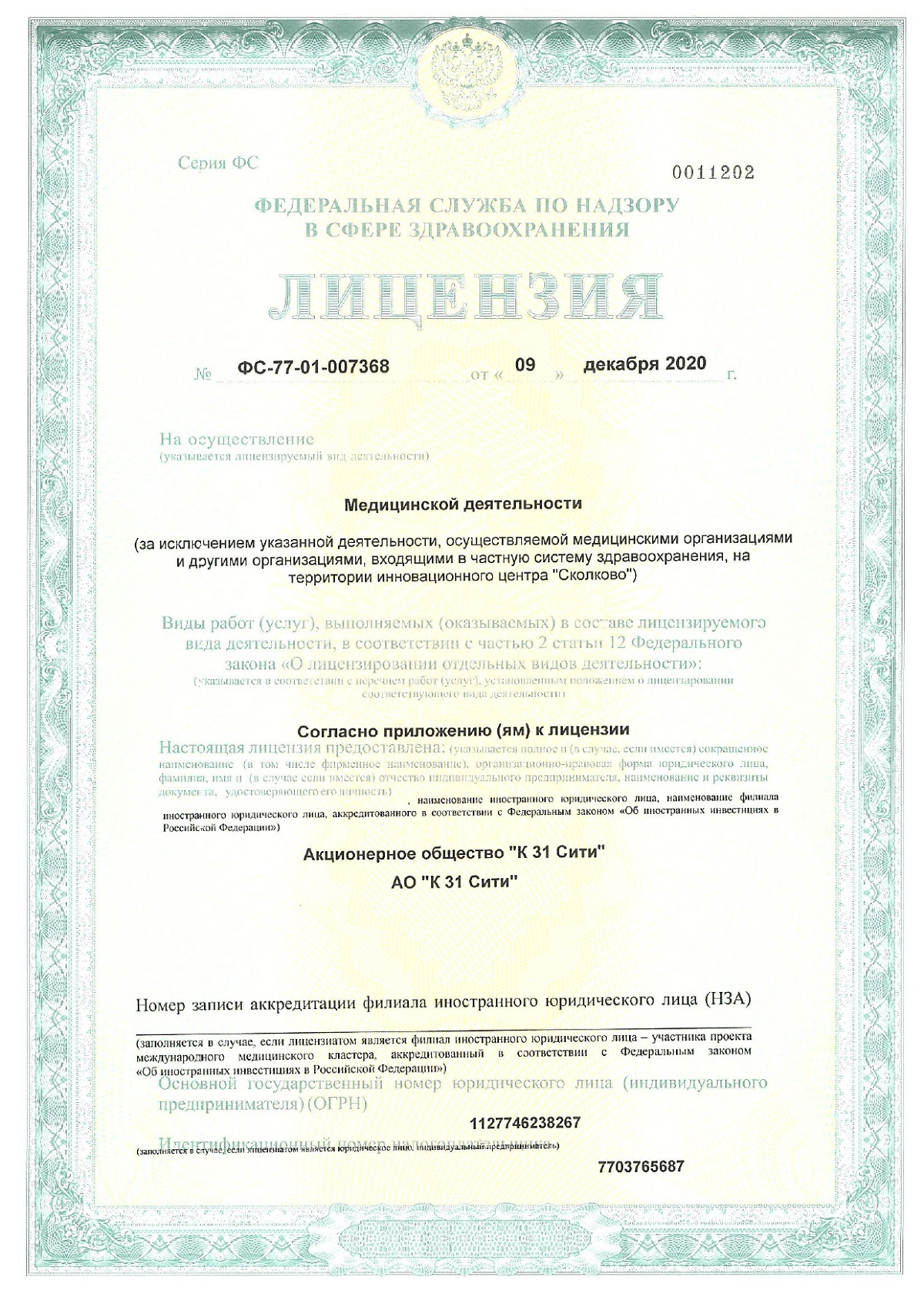

What is densitometry
Densitometry is a test carried out to determine bone mineral density. This is the most advanced method for early diagnosis of osteoporosis. Another name for the method is osteodensitometry. The advantage of densitometry is that the examination reveals the development of osteoporosis even at an early stage. stages with minimal bone loss.
A study of the structure of bone tissue and measurement of bone mass is necessarily indicated after 50 years, when bones under the influence of various factors and diseases can become fragile and too sensitive to stress, which increases the risk of fractures and the development of pathological diseases of the musculoskeletal system.